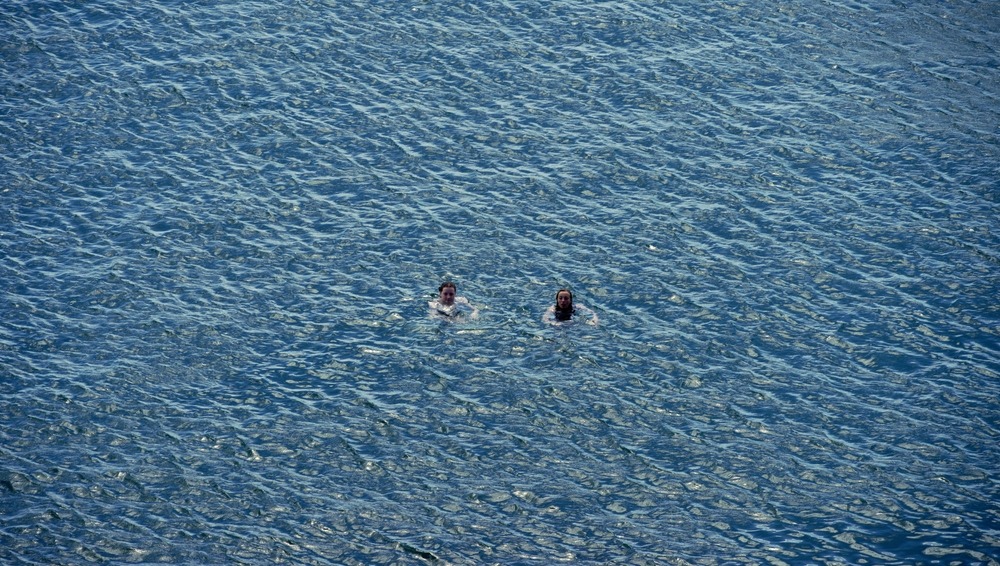About Drowning Prevention Week
Did you know that the annual Drowning Prevention Week takes place from June 17th to June 24th 2023? It was started by the Royal Life Saving Society UK (RLSS UK) to help prevent the number of avoidable lives lost through drowning in the UK. Sadly, each year, we learn about the tragedy of accidents that happen through drowning, a lot of them involving children. In fact, drowning is the third most common cause of accidental death in children. So, we want to take this opportunity to help teachers, supply teachers and TAs introduce water safety awareness in their lesson plans for Drowning Prevention Week.
Water safety education
Despite all primary schools having to provide swimming and water safety lessons in either Key Stage 1 or 2, not all children learn to swim. It may surprise you to learn that about only half of children leave primary school at the expected standard set for swimming in the national curriculum. To read more about swimming and the national curriculum click here. Drowning Prevention Week can be an extra way to promote water safety courses and swimming lessons. Being able to swim, keep afloat and some basic rescue techniques can prove lifesaving.
10 point list on the dangers of swimming in open water
Here we have put together a 10 point list on the dangers of swimming in open water to educate children on drowning risks. It can be tempting in warm weather to jump in lakes, reservoirs, unused quarries and canals, over the summer months. However, often these are the most hazardous bodies of water to swim in. Here is a list of reason to make children aware of:
- Despite hot weather, open water can be unexpectedly very cold and a sudden drop in water temperature can be experienced which can lead to shock.
- Places like this are not supervised; there are no lifeguards.
- No lifesaving equipment will be available nearby to help people if they get into difficulty.
- You cannot tell how deep the water is (some reservoirs are very deep).
- The water can have plants growing underneath the surface which can entangle people leading to drowning.
- Hidden objects can lurk underneath the water which can cause injury; reservoirs can have equipment in them.
- Open water does not give someone the same level of support as a pool does.
- Some open water settings can have sloping, slimy sides due to growing plants and algae, which makes getting out difficult.
- Open water can be subject to a current that can quickly drain your energy.
- Changes in the weather, either being very hot, or following heavy rainfall, changes the landscape of open water leading to unexpected hazards.
Access to free resources and lesson plans for Drowning Prevention Week
Swim safe offer schools free resources and lesson plans on water safety, to access those free resources, please click here. They include games, questions and answers. In addition, the RNLI also offer free school resources. These resources are conveniently organised into age groups, to access them, please click here.



